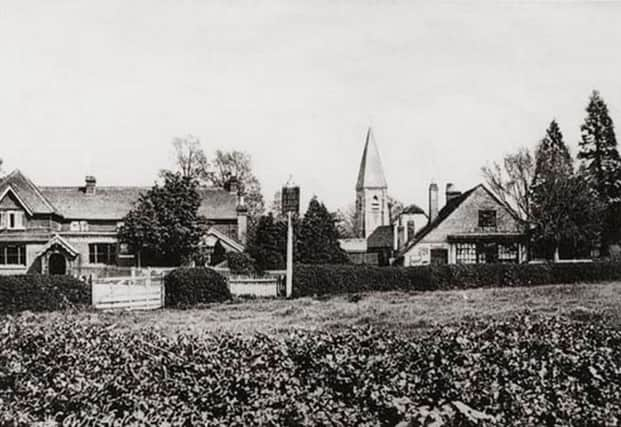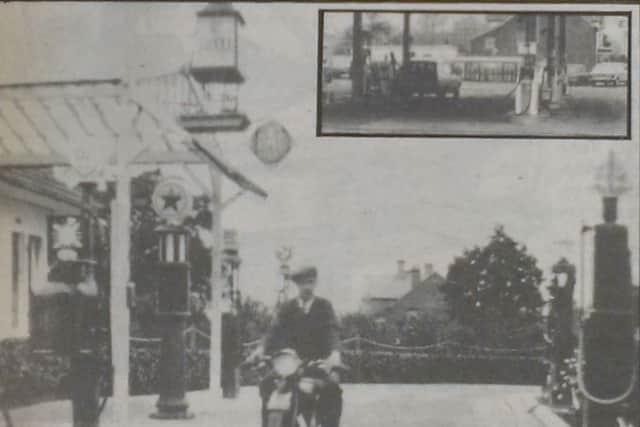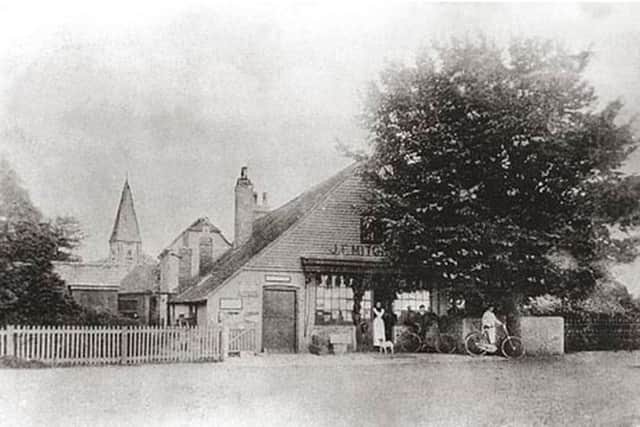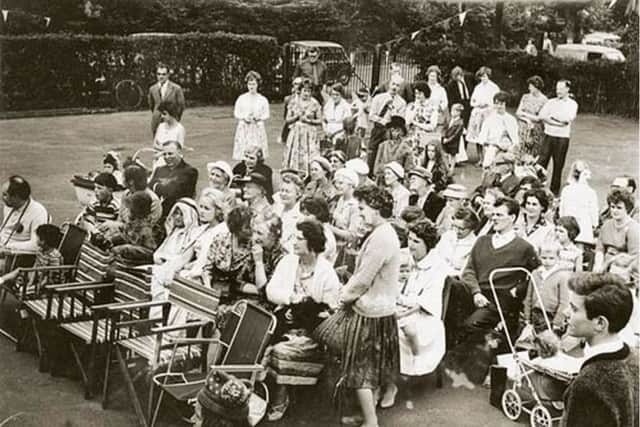Memories of lost village bulldozed in name of flight


To others it was the home which was bulldozed from beneath them to make way for an international airport.
Only the seemingly incongruous French Gothic St Michael and All Angels Church remains to give a hint as to the area’s former life – and, if Gatwick’s expansion dreams go to plan, that too will soon disappear into the pages of history.
Advertisement
Hide AdAdvertisement
Hide AdThere can’t be many people left who remember Lowfield Heath not only before the airport but before the Second World War.


Percy Bish was 71 years old when he shared his memories of his childhood in the idyllic village with the Crawley Observer in 1981.
Mr Bish’s family connection with Lowfield Heath was a long one. His father was born in 1871 in an oak-beamed farmhouse which was demolished when the aerodrome expanded to become the Gatwick Airport we know today, its foundations laying beneath a British Airways hanger.
His mother was born at County Oak but went to school in Lowfield Heath, where she later served as a teacher. His grandfather Henry Cheal built much of the village from his brickyard.
Advertisement
Hide AdAdvertisement
Hide AdWith such a strong family connection to the area, Mr Bish would have been forgiven for detesting the airport.


Not a bit of it.
According to the 1981 report: “Mr Bish loves planes and flying. He watched the first Royal Flying Corps planes land in the Gatwick field, and tried to be first there when balloonists ran out of air.”
He had 20 minutes in a biplane when the first Gatwick Flying Club was formed and flew at twice the speed of sound on Concorde when the supersonic passenger jet was at the airport in 1980.
While embracing the brave new world thrust upon Lowfield Heath, Mr Bish did grieve for the loss of the landmarks of his childhood, such as the blacksmith’s, the wheelwright’s and his school, which later became the village hall.


Advertisement
Hide AdAdvertisement
Hide AdThose landmarks also included the White Lion pub and JF Mitchell’s shop, in London Road.
Then, of course, there was the windmill, which was first recorded on a map of Surrey in 1762, when it was owned by James Constable.
When Mr Bish was a lad, the mill was little more than a tumbledown shell of its former self and, in 1957, it was wrecked in a storm.
Unlike the rest of the village, though, the mill was saved when it was restored and moved to Charlwood.


Advertisement
Hide AdAdvertisement
Hide AdRecalling the day his village life ended, Mr Bish told the Observer: “I cannot forget the experience when we moved from the village and I watched them bring in heavy machinery and raze everything to the ground.
“A whole community was split up and scattered. It’s difficult to pinpoint the place where one’s home stood.”
As a child, young Percy used the roads as his playground, rolling hoops made by the blacksmith and playing cricket with his friends.
Their wicket was just a cardboard box and the youngsters rarely had to move it out of the road unless a farm cart or herd of cattle was passing.
Advertisement
Hide AdAdvertisement
Hide AdTraffic would be much more of an issue today, as the A23 has since ploughed through their former playgrounds.
When he was a very small boy, between 1916 and 1918, Gatwick Racecourse was used to host the Racecourse Association Steeple Chase – a substitution for the Grand National, which had been cancelled as Aintree Racecourse had been taken over by the War Office.


Adulthood saw Mr Bish become a building contractor.
He later courted his wife, Violet, along the winding footpaths of Lowfield Heath.
Next time you are at the airport, take a look out at the sprawl of hangers, warehouses and runway and imagine a young couple, hand-in-hand, planning their lives in an idyllic spot which has faded from history.
Advertisement
Hide AdAdvertisement
Hide AdMr and Mrs Bish lived in Ifield Green and he was president of the Lowfield Heath branch of the British Legion.
Don’t miss out on all the latest breaking news where you live.
Here are four ways you can be sure you’ll be amongst the first to know what’s going on.
1) Make our website your homepage at www.crawleyobserver.co.uk
Advertisement
Hide AdAdvertisement
Hide Ad2) Like our Facebook page at www.facebook.com/crawleyobserver
3) Follow us on Twitter @Crawley_Obby
4) Register with us by clicking on ‘sign in’ (top right corner). You can then receive our daily newsletter AND add your point of view to stories that you read here.
And do share with your family and friends - so they don’t miss out!
The Crawley Observer - always the first with your local news.
Be part of it.